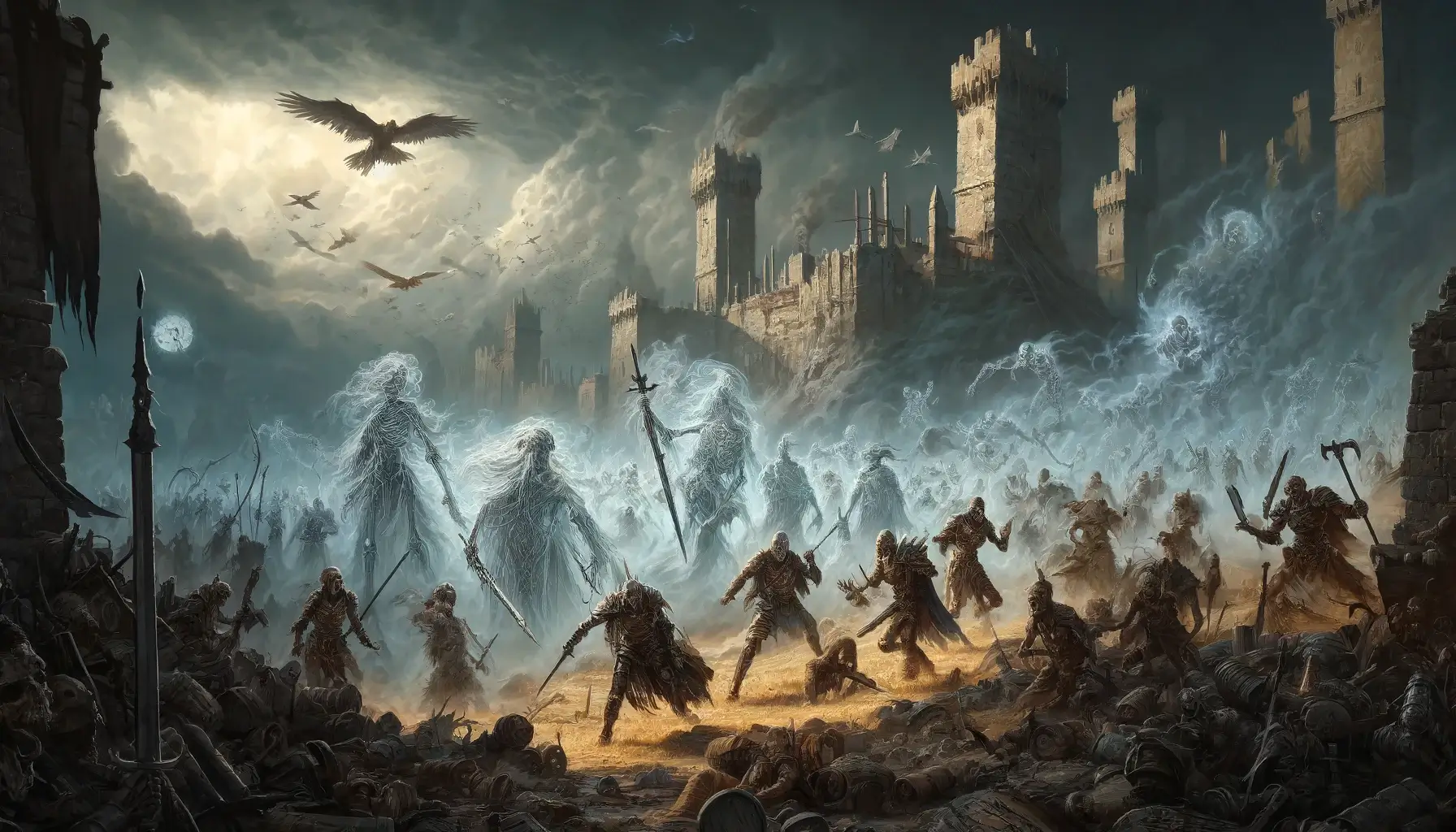As Dungeon Masters (DMs) embark on the creative journey of crafting a Dungeons & Dragons campaign, one of the fundamental decisions they face is determining the length of their adventures. Opting for a succinct, single-session storyline or an epic narrative spanning multiple sessions offers unique benefits and challenges. This article explores the distinctions between short and long adventures, providing DMs with insights to help them tailor their campaigns to their players’ needs and preferences.
Short Adventures: Quick, Engaging, and Flexible
Short adventures, commonly known as one-shots, are designed to be completed in a single session, typically lasting between three to five hours. These adventures are ideal for groups seeking immediate satisfaction without a long-term commitment. The compact nature of one-shots allows DMs to craft concise, focused narratives that are easy to prepare and execute.
Advantages of Short Adventures:
- Accessibility: Perfect for introducing new players to D&D, as the limited commitment can ease newcomers into the game mechanics and role-playing aspects without overwhelming them.
- Flexibility: Excellent for groups with irregular schedules, allowing players to enjoy a complete adventure in a single session.
- Variety: Enables DMs to experiment with different settings, characters, and plots, keeping the gaming experience fresh and exciting.
Challenges of Short Adventures:
- Limited Depth: There’s less room for complex storylines or character development.
- Surface-Level Engagement: Players may not form a deep connection with their characters or the narrative in such a brief time.
Long Adventures: Depth, Development, and Continuity
Long adventures are expansive narratives that unfold over multiple sessions, often forming the backbone of ongoing campaigns. These adventures can span months or even years, creating a rich tapestry of interconnected stories and character arcs. This format is suited for players and DMs who relish deep immersion in the fantasy world and a continuous, evolving plot.
Advantages of Long Adventures:
- Complex Storytelling: Allows for intricate plots with multiple subplots, detailed character backgrounds, and significant world-building.
- Character Progression: Players can develop and evolve their characters over time, experiencing personal growth and changes that impact the narrative.
- Immersive Experience: Offers a deeper emotional investment in the story and stronger bonds between players.
Challenges of Long Adventures:
- Demanding Preparation: Requires more planning, consistency, and commitment from both the DM and the players.
- Risk of Staleness: Long-term campaigns can sometimes become monotonous if not managed with variety in pacing and plot twists.
Deciding Between Short and Long Adventures
The decision between running short or long adventures should be guided by several factors:
- Player Availability: Consider how often your group is able to meet and how long each session lasts.
- Player Preferences: Some players might prefer quick and dynamic sessions, while others might enjoy a longer story with more development.
- Narrative Goals: Decide what kind of story you want to tell. Some narratives are naturally suited to a brisk, thrilling conclusion, while others benefit from a slower, more nuanced exploration.
SWOT Analysis for Short and Long Adventures
| Strengths: Short Adventures: Quick to prepare and play, ideal for casual or irregular sessions. Suitable for testing new ideas or game mechanics without long-term consequences. Long Adventures: Deep narrative with extensive character development. Strong player engagement and investment in a continuously evolving storyline. | Weaknesses: Short Adventures: Limited character development and storyline depth. May not satisfy players looking for a long-term commitment or deeper immersion. Long Adventures: Requires significant preparation and commitment from the DM and players. Risk of narrative fatigue or loss of player interest over time if not managed well. |
| Opportunities: Short Adventures: Opportunity to introduce new players to the game. Flexibility to explore diverse themes and settings in a low-stakes environment. Long Adventures: Potential to build a rich, immersive game world that can be explored in depth. Allows for intricate plots and subplots that can interweave players’ backstories and personal goals. | Threats: Short Adventures: Risk of being too simplistic or unsatisfying for players seeking a more involved experience. Difficulty in maintaining continuity and player interest if used repeatedly without variation. Long Adventures: Challenges in maintaining narrative momentum and player attendance over extended periods. Potential for complex storylines to become convoluted or overwhelming for both DM and players. |
By carefully considering the advantages and challenges of each format, DMs can create memorable and enjoyable experiences that resonate with all participants, enhancing the magic of the D&D adventure. Whether DMs choose short or long adventures, the key is to align the campaign’s structure with the preferences and commitments of the players.





